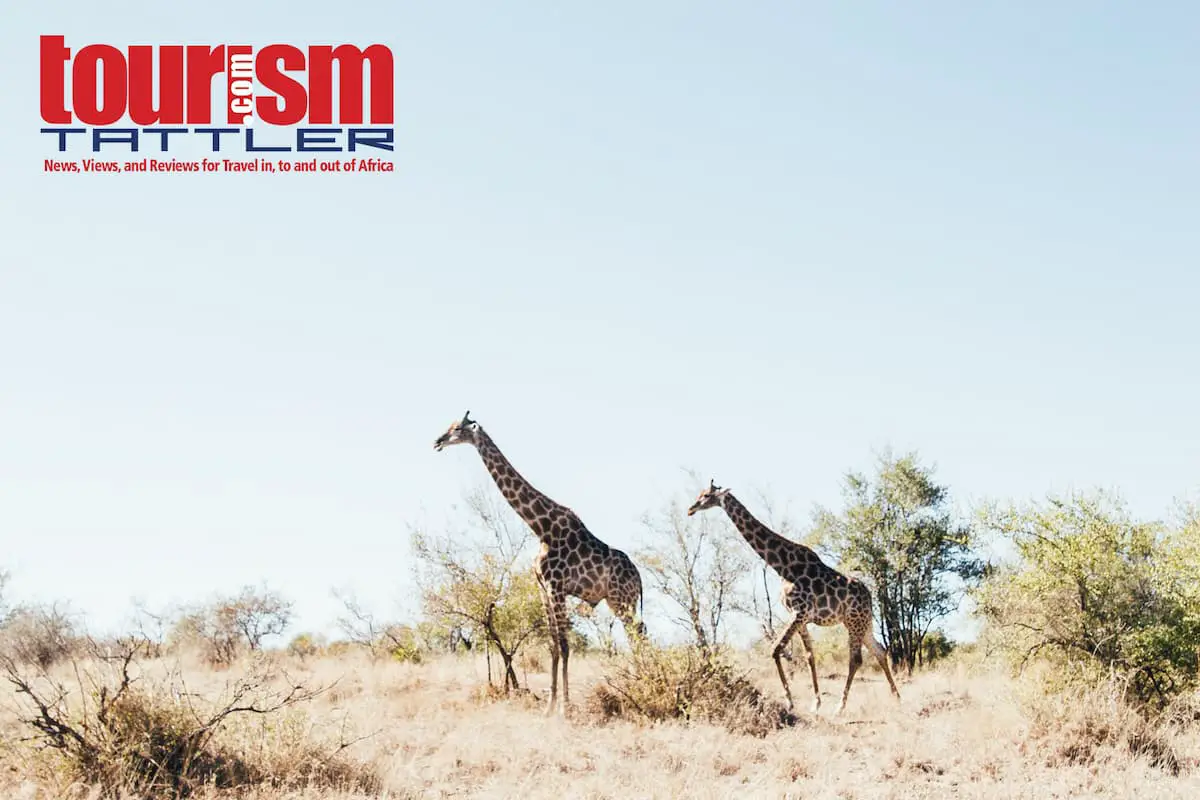The Hidden Power of Ritual in Tourism
The priceless power of rituals in travel experiences must be taken into account in marketing. By Anita Mendiratta.
Walking down the busy street in Hanoi, a day of meetings over and a quiet night in the hotel ahead, he slowed his pace to be able to take in the here and now. The distance between the office and hotel was too close for a taxi, and the streets too alive with that wonderful colour and chaos to simply rush past. He also wanted to make sure that he did not leave without fulfilling the one last thing he had on his personal ‘to do’ list. He had to find a local craft shop, he had to find a Buddha.
For as long as he had been travelling to Asia, wherever he went, he would take home a Buddha statue. For one of his colleagues, it was cufflinks, that was the preferred collectable. For him, it was Buddhas, which was interesting as he wasn’t even a formal follower of the faith. His apartment back home had become home to a collection of Buddhas – bronze, marble, wood, jade, sandstone, large and small, made of materials from all across Asia. Each piece not only brought an artistic richness to his home, it reminded him of where he had been, even if just for a few days, making that time and place more real, giving it personal meaning and connection.
It was his ritual, the one thing he did for himself while he was busy doing business for his company.
RITUALS
We all have them. We all perform them in one way or another, whether we actively recognise them or not. They are more than just habits – repetitive actions that are done instinctively and often subconsciously. Instead, rituals are moments that add heightened meaning and memory to what could otherwise be a series of seconds that pass unacknowledged. For travellers, people constantly on the move and constantly entering places of change, rituals provide an important rhythm to life in transit. They create a sense of control, of balance, or of connection to a time and place. However defined and however performed, rituals can be powerful influences on who we are, where we are, and what becomes important to us.
A ritual may be as simple as waiting until on the plane, glass of champagne in hand, before leaving an ‘out of the country on business’ voicemail on one’s mobile phone to let callers know to text or email instead of leaving a voice message. The ritual may simply be placing one’s personal reading by the bedside table as soon as entering a new hotel room so that a feeling of ‘this is my place’ can be created. Or it may be collecting artefacts of a certain theme while travelling. Rituals encourage us to pause, be still, mark the moment, and embed the memory. Importantly, they allow us to connect with a time and place, especially when the ritual is performed not just by us, but on us.
RITUALS IN TOURISM
Travel and tourism, while an industry reliant on essential hardware – buildings, hotel rooms and facilities, convention centres, airports, aircraft – has become increasingly dependent on the software for customer attraction, retention, and ambassadorship. They also become an element of competitive differentiation.
Rituals embedded in the travel experience offer brands – airlines, hotels, attractions – the ability to make a meaningful, personal connection with travellers.
EMBEDDING RITUALS WITHIN THE EXPERIENCE
Interestingly, rituals, while an investment in guest experience and brand identity, need not even cost a penny. Simple ceremonies inspired moments of pause, and even stimulation of a sense, can be all that is required to embed a ritual in the mind and heart of the traveller.
Examples of such simple yet impactful rituals include:
– Six Senses Sanctuary in Phuket: inviting guests to make a wish and strike a massive, hanging Asian Gong on both arrival and departure from the island, feeling the deep sound and vibrations of the gong as they set the tone for the guest’s wellness visit and its enduring impact.
– Air Tahiti Nui: during flights to Tahiti, the airline distributes tiny white Tiare flower buds, the island nation’s national flower, seeding the scent in the minds and memories of travellers, offering a fragrant embrace of ‘welcome’ to first-time visitors and ‘welcome home’ to those returning… and creating an aromatic connection to Tahiti and her islands wherever in the world that traveller encounters that scent in the future.
– Doubletree Hotels: since the 1980s, Doubletree Chocolate Chip Cookies have become a signature part of guest check-in, given to guests warm and deliciously gooey. Offered in more than 200 hotels and resorts worldwide, at present 30,000 cookies are given to guests every day of the week – more than 10,950,000 every year.
CREATE YOUR OWN RITUAL
When seen as an investment, the value of rituals is priceless.
Importantly, each and every destination, property, and attraction in the world has the ability to create a single, signature ritual that can act as a powerful part of the brand’s DNA and delivery. Taking the time and care to identify the right ritual, based on the:
– Brand proposition;
– Local culture and conscience;
– Uniqueness and appropriateness;
– Guest (motivation for visitation and mindset during the visit, not just demo/geo/psycho make-up);
– Situation during the visitor experience; and
– Desired impact is, also, an investment in the business.
That investment, however, must be maintained for it to be embedded and owned by the brand. Removing the ritual, or simply missing one occasion, can make the traveller feel something is wrong, something is missing, or worst – someone is cost cutting.
Whatever the act, whatever the item, rituals make lasting connections to places visited, for work or for play. It is not about the product, the price, or the performance – it is about the spirit of the moment and its enduring meaning.



